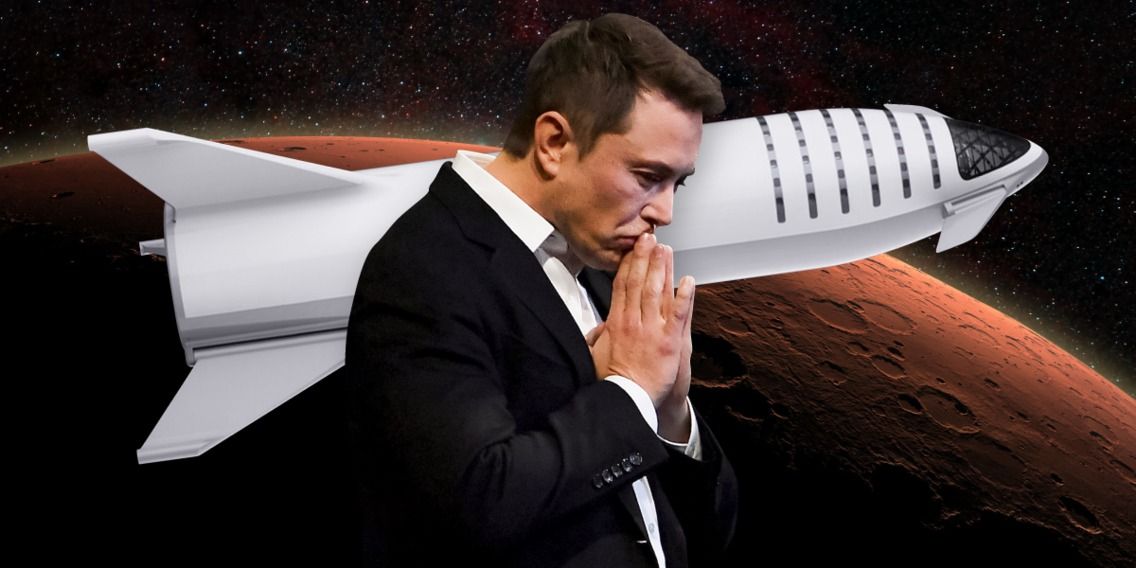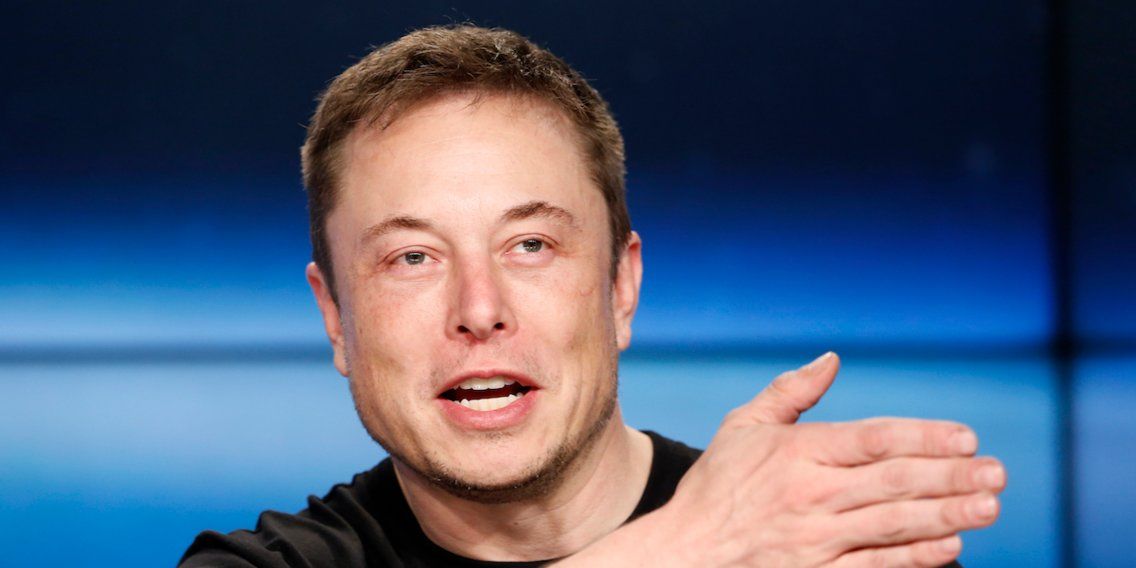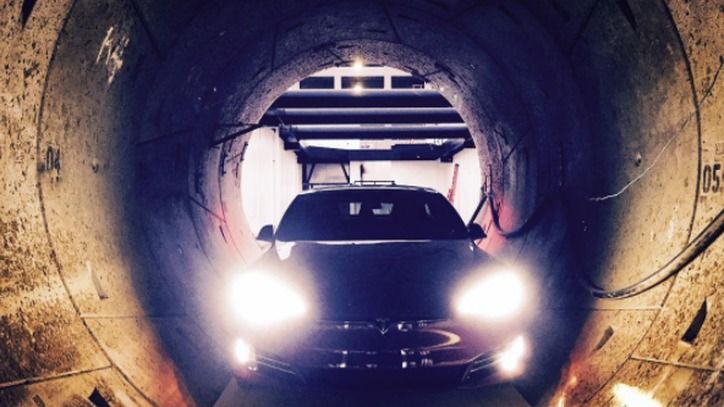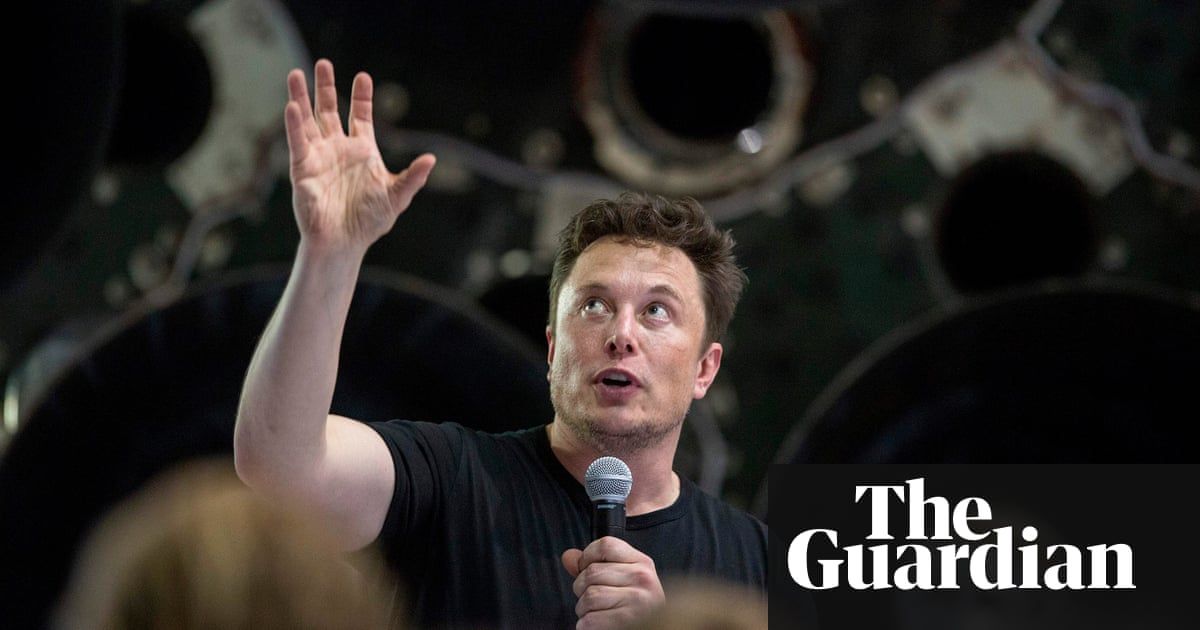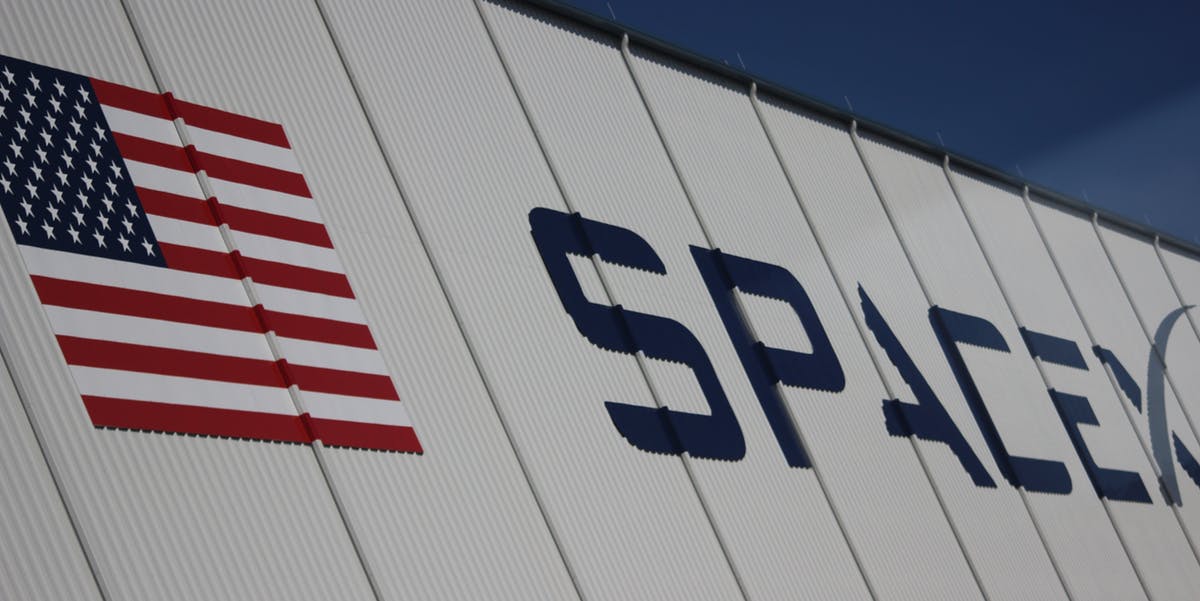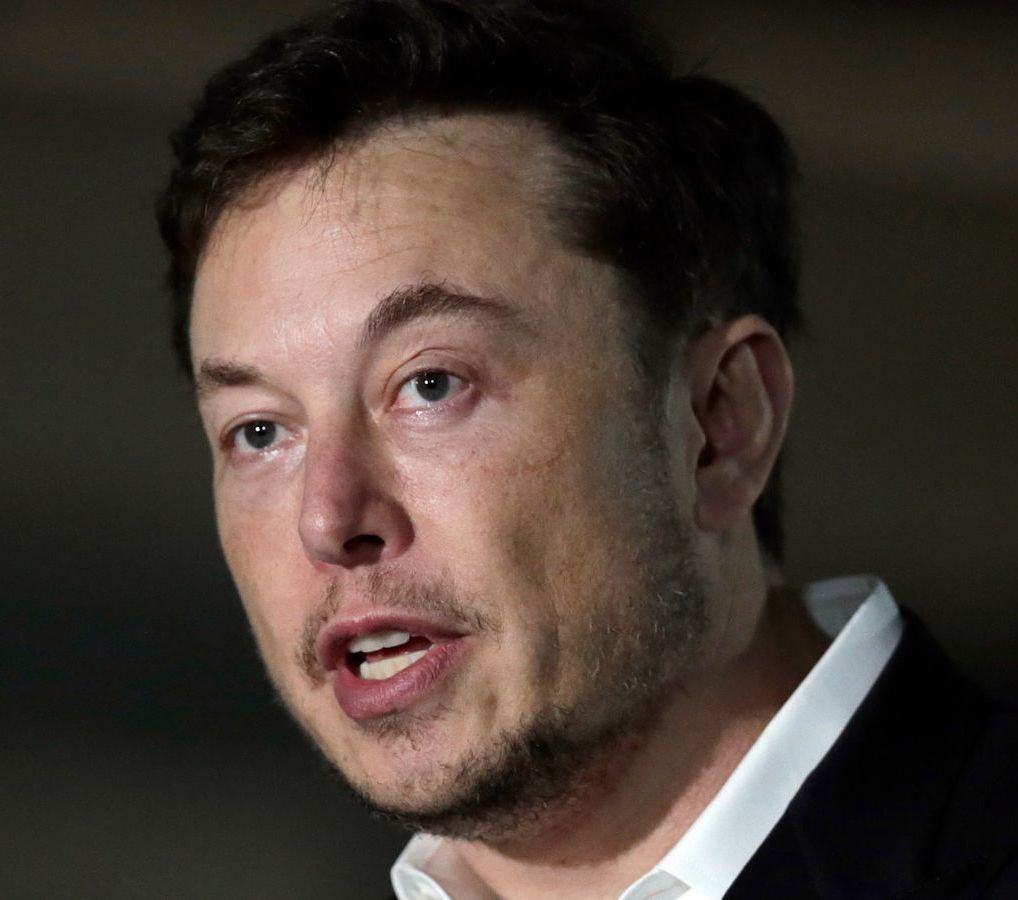SpaceX’s Starman and cherry red Tesla Roadster have traveled beyond Mars. SpaceX shared a diagram of the car once driven by the aerospace manufacturer’s CEO Elon Musk indicating it has now reached beyond the Red Planet.
Sharing Starman’s current position in a diagram to Twitter, SpaceX also tweeted a nod to Douglas Adams’ seminal work The Hitchhiker’s Guide to the Galaxy, which is beloved by Musk. (The Restaurant at the End of the Universe refers to the second book in the series.) The dash of the Roadster itself even has a nod to Hitchhiker’s Guide, as Space.com notes the words “Don’t Panic” on its control panel also appeared on a cover of the novel.

